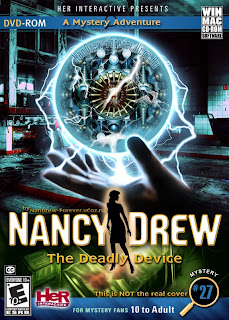

Right now, its applications are limited, and few businesses will see much return from rushing to invest in the emergent technology. Quantum computing, however, is more aspirational and forward-looking. Priming your business for the new age of quantum computing

Your e-commerce system doubtless has a database in it of some type, but could it benefit from a blockchain-type model? Can you scale up a thousand times to accommodate a sudden flood of traffic just after an advert goes live, and then scale down again? What tools should you be using to achieve those desirable levels of stability and scalability? And so forth. This should help you understand what you’re missing out on, and where your development and relationship time might be best spent. It can be, you simply need to compare your plans and systems to the broad spread of capabilities available across DARQ’s collected platforms. Is DARQ of any practical use to us at all, then?

With four immense concepts compressed into a single four-letter acronym, it’s not really amenable to simple box-ticking exercises. DARQ can be similarly used as a yardstick – or sanity check – for your project planning, but it’s really a much broader, more high-level approach. For those who aren’t aware, Codd and Date were pioneers of the database in the 1960s they proposed simple tests and questions that could help determine how “relational” your database was. Many might suggest DARQ is comparable to the Codd & Date model. It’s not a coherent toolkit, or a necessary foundation of your projects, but if you can’t at least say something about DARQ then it might indicate your line-of-business apps are somewhat behind the times. These technologies are distributed ledger (or blockchain), artificial intelligence (AI), extended reality like virtual reality (VR) and augmented reality (AR) technologies, and, finally, quantum computing. The DARQ we’re actually interested in isn't a product or a company, but shorthand for a collection of four blossoming technologies.


 0 kommentar(er)
0 kommentar(er)
